Thirty million people have built their lives on the Colorado River. Without it, civilization as we know it in the American Southwest—a world of sprawling cities, championship golf courses and cheap produce—would vanish. The writer Wallace Stegner once called the arid American West our “Geography of Hope.” Its vast skies and towering mountains promise a future of limitless opportunity. But at what cost have we watered this living mythology?"¨"¨Since 2001, I have been photographing the consequences of the sweeping human alteration of the Colorado River, in the Southwestern United States and extreme Northwestern Mexico. But the Colorado, I soon learned, was greatly reduced from what it once was and no longer makes its ancient rendezvous with the Sea of Cortez, between the Baja California peninsula and the Mexican mainland.
Forces north of the border had other destinations planned for the river’s water however, and in 1922 divided its annual flow between seven U.S. states and Mexico. They built an extensive network of dams, stilling much of the once roiling river and creating the foundation on which the Southwestern United States has been built.
But as it has turned out, the foundation of everything, the premise of 1922, was based more on wishful thinking than fact and up to 25% more water has been promised to the river’s users than actually exists.
Huge reservoirs built for storage behind giant dams, shrink steadily, as man withdraws more water each year than nature deposits back into the river. In early 2008, a report by University of California researchers predicted that Lake Mead, the largest manmade reservoir in the Western Hemisphere, behind massive, iconic Hoover Dam, has a 50 percent chance of drying out by 2021.
As much as anything else, my project has been an exploration of the disconnection many Americans have with the source of their water, one of the few things in the world without which we will not survive. It is inevitable that our entire nation will pay for this hubris. Only the degree of sacrifice is still somewhat negotiable. I am photographing the people, their civilization and the land teetering obliviously on the brink of collapse.
John Trotter
Photographer
No Agua, No Vida
Location: United States
Nationality: United States
Biography:
A native of Missouri, I worked as a newspaper photojournalist for fourteen years, on stories large and small, local and international. I photographed people and events ranging from local high school athletes to national political conventions and...
MORE
Covering:
Africa,
Asia,
Europe,
Latin America,
USA & Canada

1 of 32
© 2024 John Trotter
A street with bike lane in a new subdivision in progress on the south end of Las Vegas. Automatic sprinkler systems are already installed.

2 of 32
© 2024 John Trotter
Resting workers watch a Mexican military anti-narcotics plane from a former wetland in the Colorado River Delta.

3 of 32
© 2024 John Trotter
Visitors glance over the edge of Glen Canyon Dam into Lake Powell on an Independence Day tour in 2004. At that point the lake was below 50% of its capacity after five years of drought.

4 of 32
© 2024 John Trotter
Boys dive into the Colorado River in Marble Canyon, Arizona.
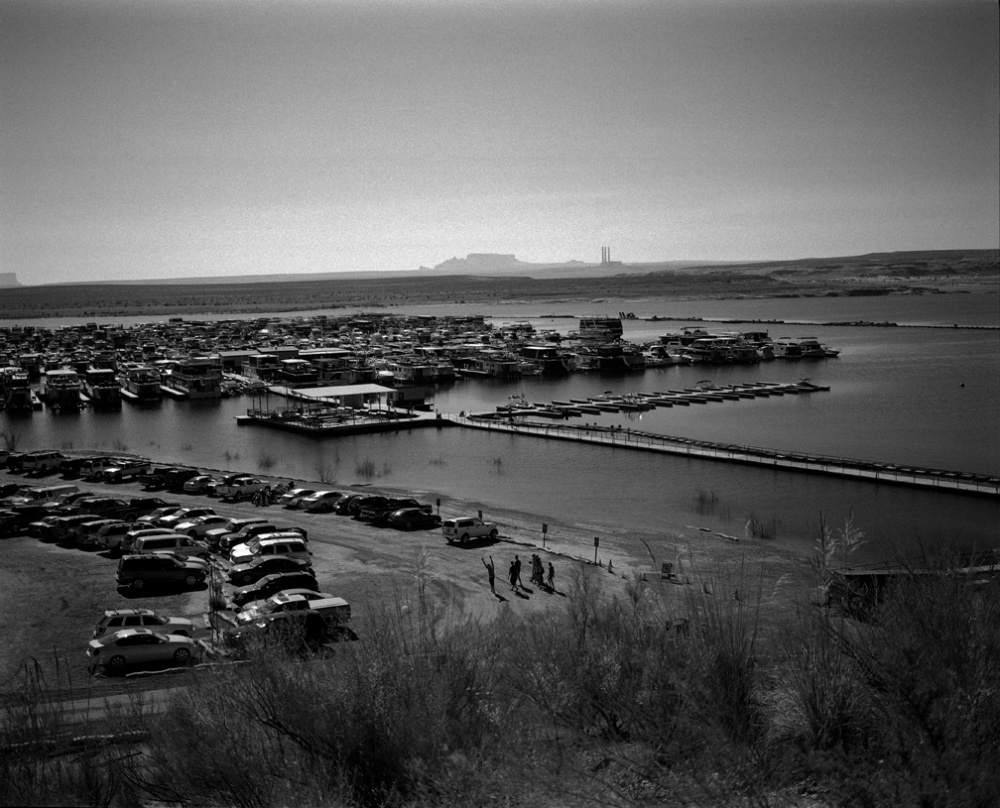
5 of 32
© 2024 John Trotter
Wahweap Marina on Lake Powell on the day before the beginning of the Labor Day Weekend. The Navajo Generating Station, on the other side of Page, Arizona is in the background.

6 of 32
© 2024 John Trotter
Grand Lake, Colorado, just below the Colorado River headwaters in Rocky Mountain National Park.
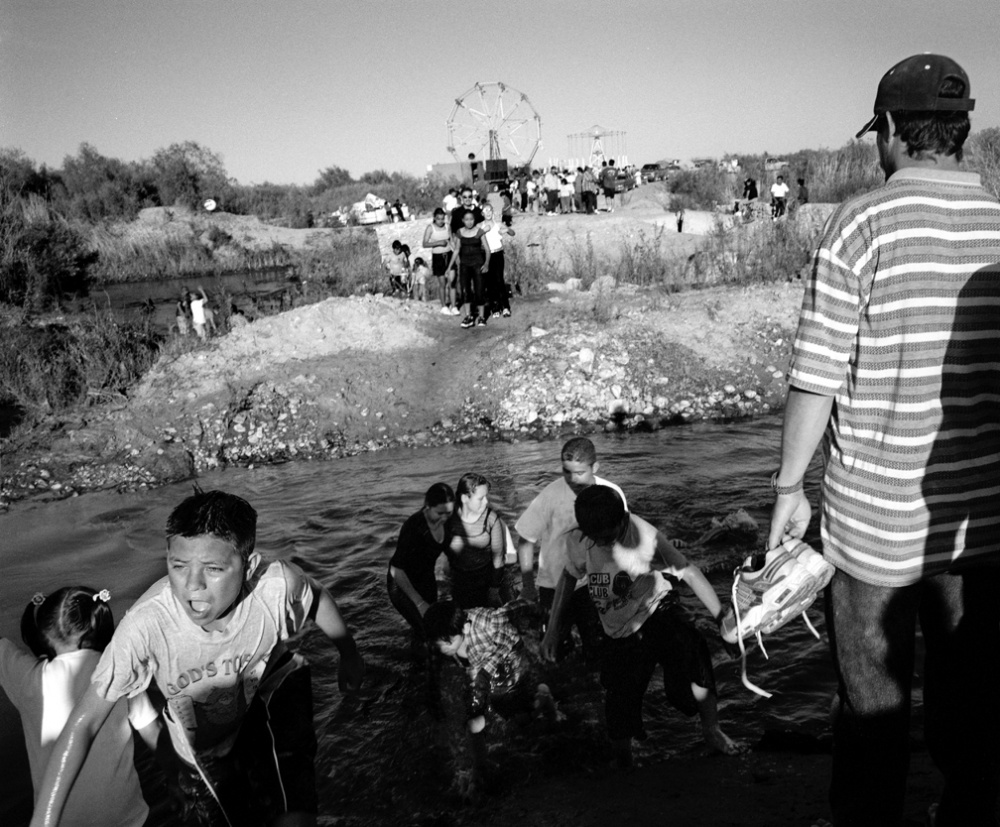
7 of 32
© 2024 John Trotter
Young people wade across the shallow remnants of the Colorado River on their way to and from an Easter weekend carnival in Baja California Norté.

8 of 32
© 2024 John Trotter
An abandoned vehicle rusts at the remains of a community submerged by the rising Salton Sea. The Sea, which was once part of the vast historic delta, is fed by runoff from the Colorado River-irrigated Imperial and Coachella agricultural districts, laden with pesticides, fertilizers and salt, leeched from the soil.
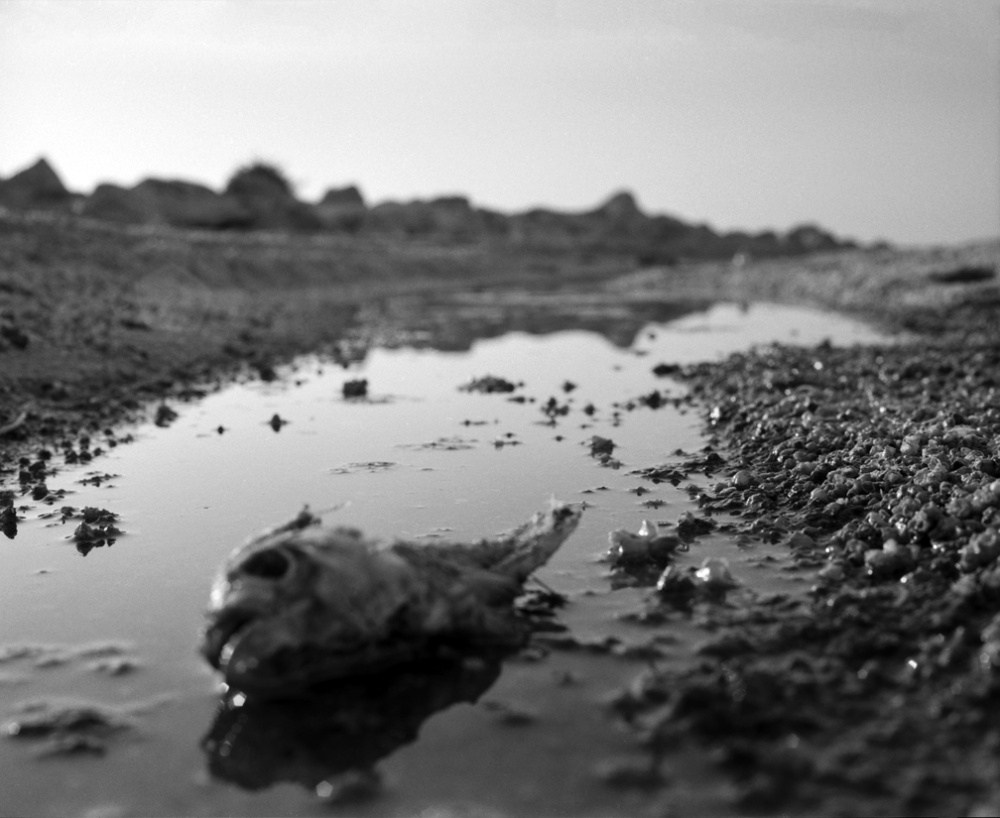
9 of 32
© 2024 John Trotter
Dead tilapia in the Salton Sea, where runoff from Colorado River irrigated farms has no outlet. The tilapia are the only fish remaining which can survive the increasing salinity as irrigation leaches the salt from the soil that was long ago the bottom of an inland sea.
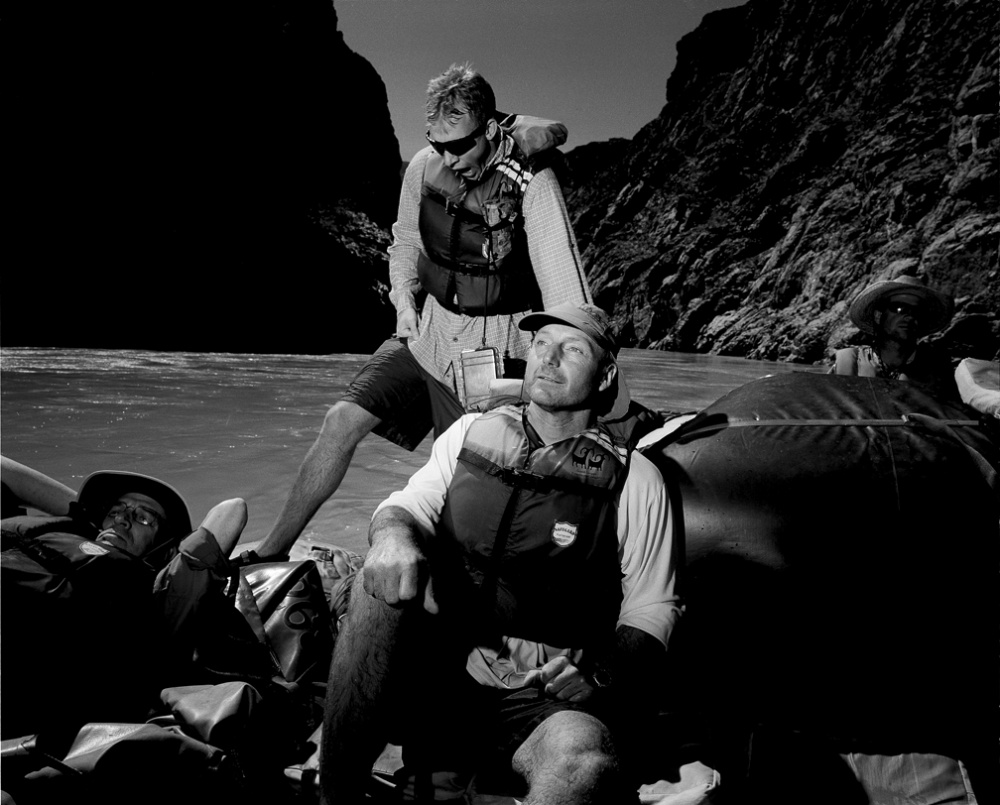
10 of 32
© 2024 John Trotter
Rafting trip through the Grand Canyon.
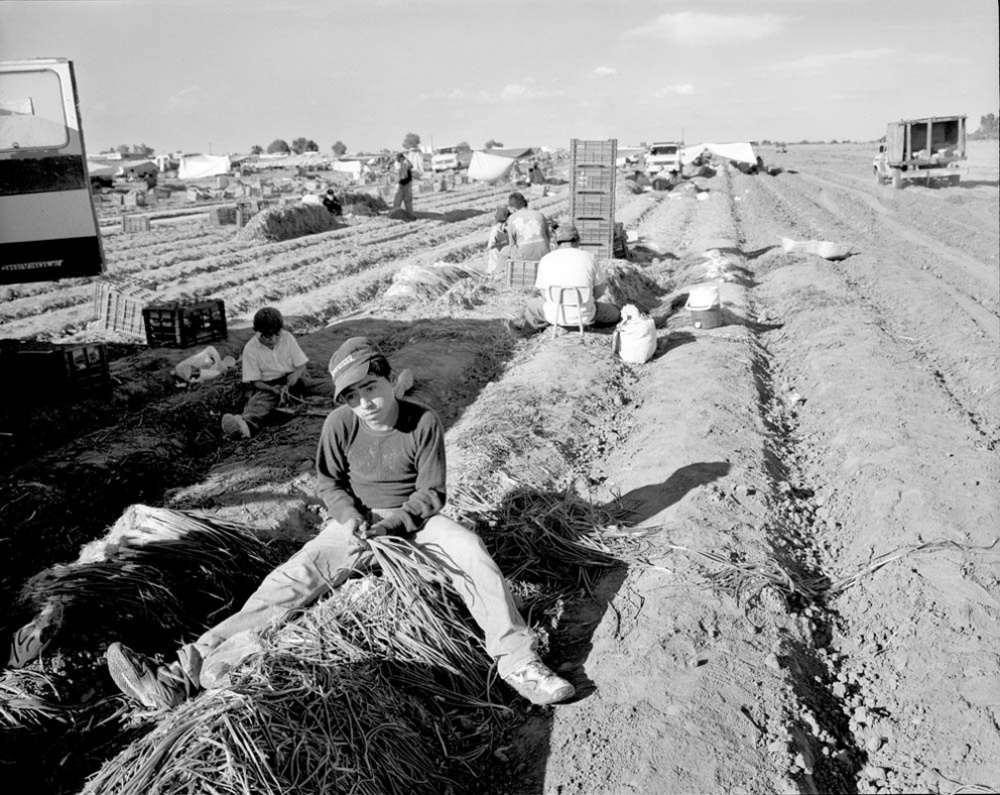
11 of 32
© 2024 John Trotter
A young onion picker-a "ceballero"-picks onions in a Sonoran field not far from Ejido Luis Encinas Johnson on a late autumn afternoon, near the end of a day that began at 4 am.
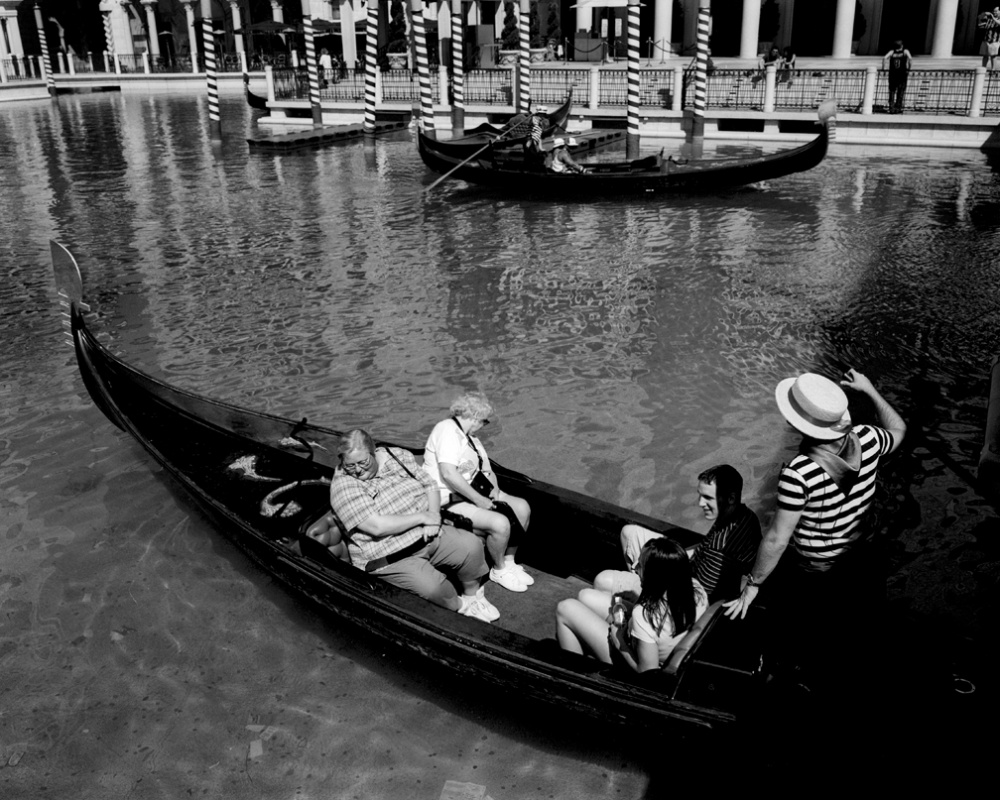
12 of 32
© 2024 John Trotter
Tourists pay $12.50 (U.S.) for a 10-minute ride in a gondola on an imitation canal filled with Colorado River water in front of The Venetian casino on “the strip†in Las Vegas, Nevada.
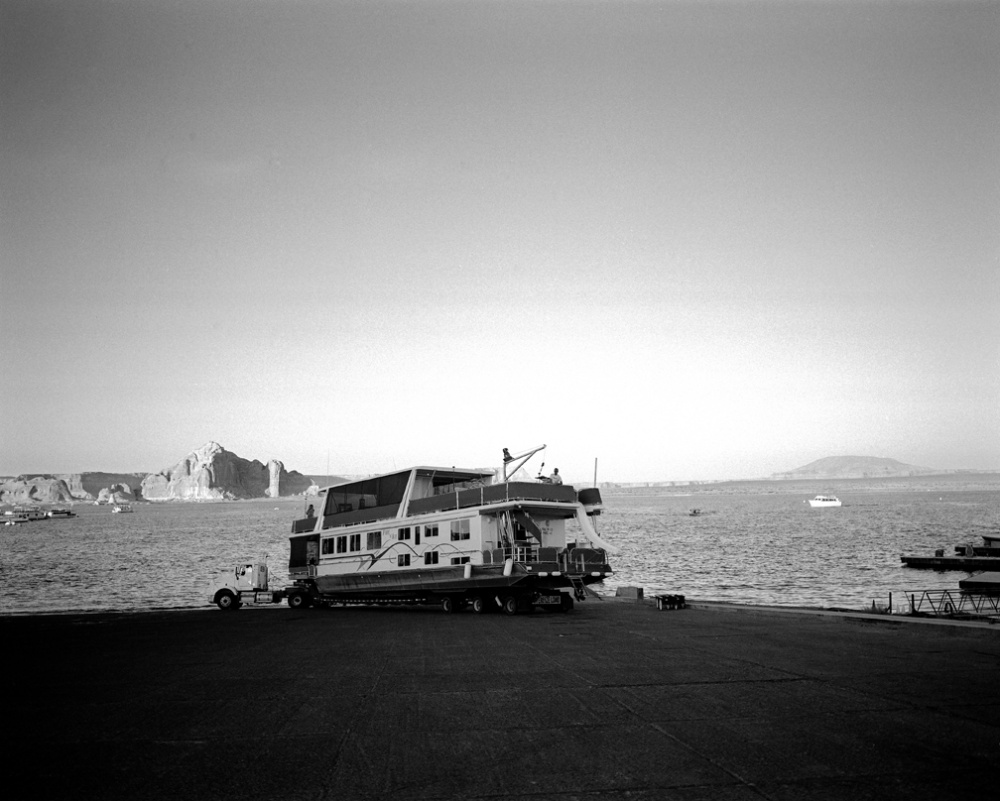
13 of 32
© 2024 John Trotter
A houseboat is launched onto Lake Powell at the end of Labor Day Weekend 2010
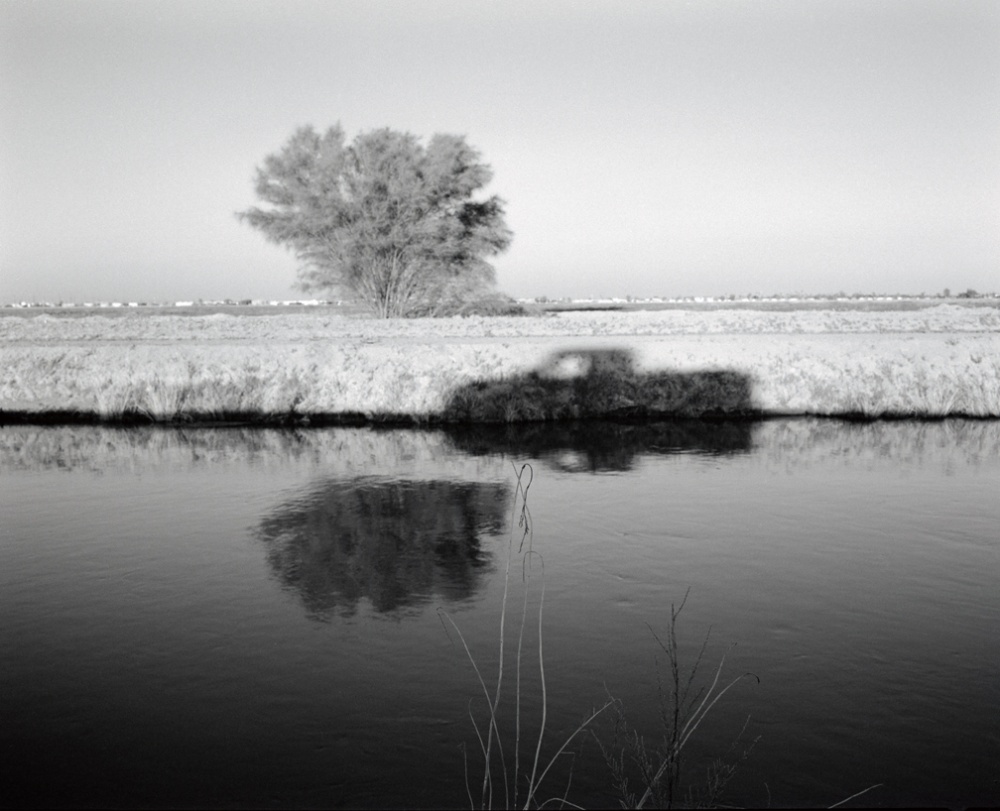
14 of 32
© 2024 John Trotter
The Central Main Canal in El Centro, California, full of water from the Colorado River, which is over 100 kilometers away.

15 of 32
© 2024 John Trotter
A field of peppers, irrigated with Colorado River water, just north of the Salton Sea, in Southern California.

16 of 32
© 2024 John Trotter
Red Wall Cavern in Marble Canyon, on the Colorado River.
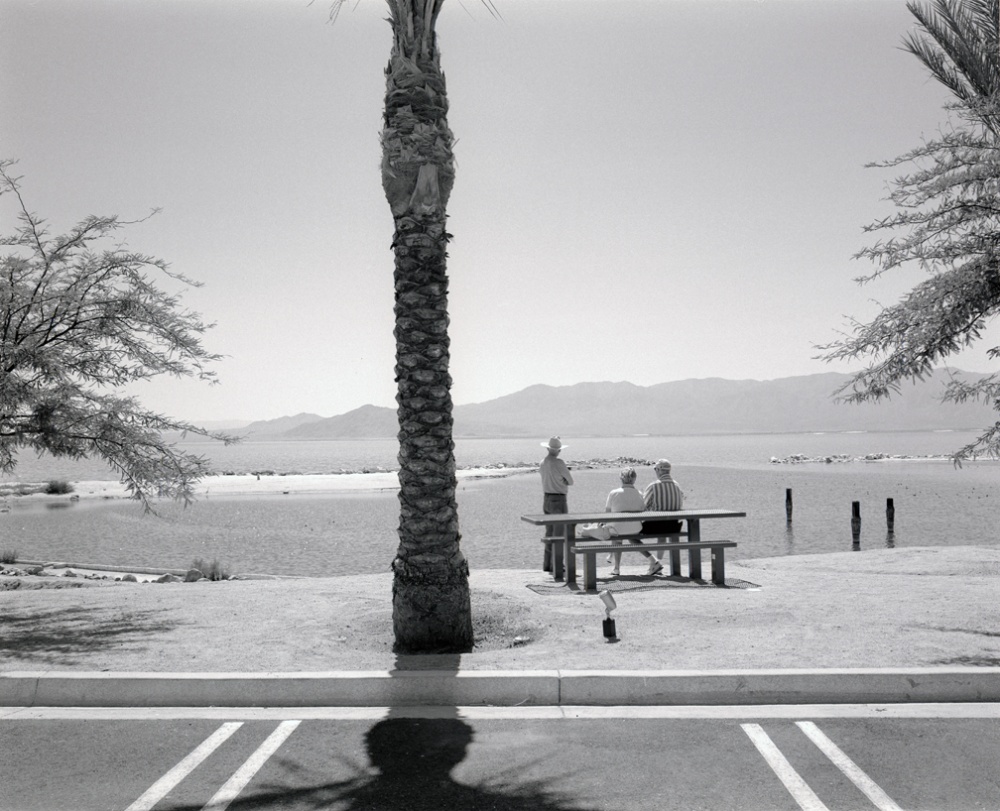
17 of 32
© 2024 John Trotter
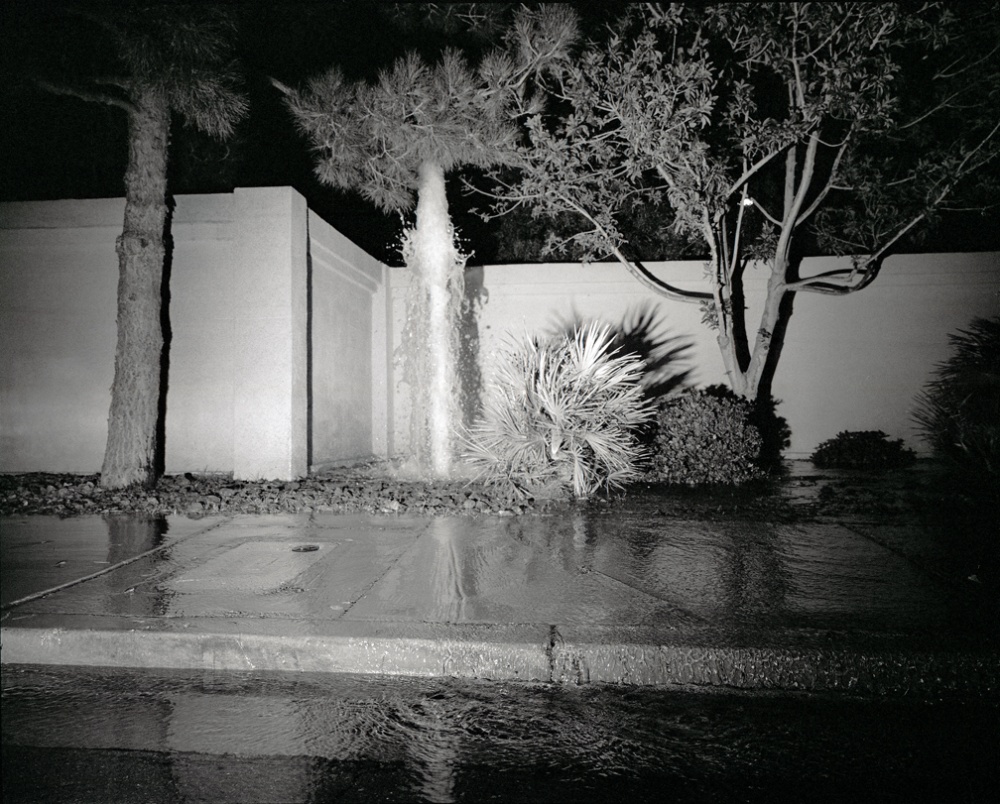
18 of 32
© 2024 John Trotter
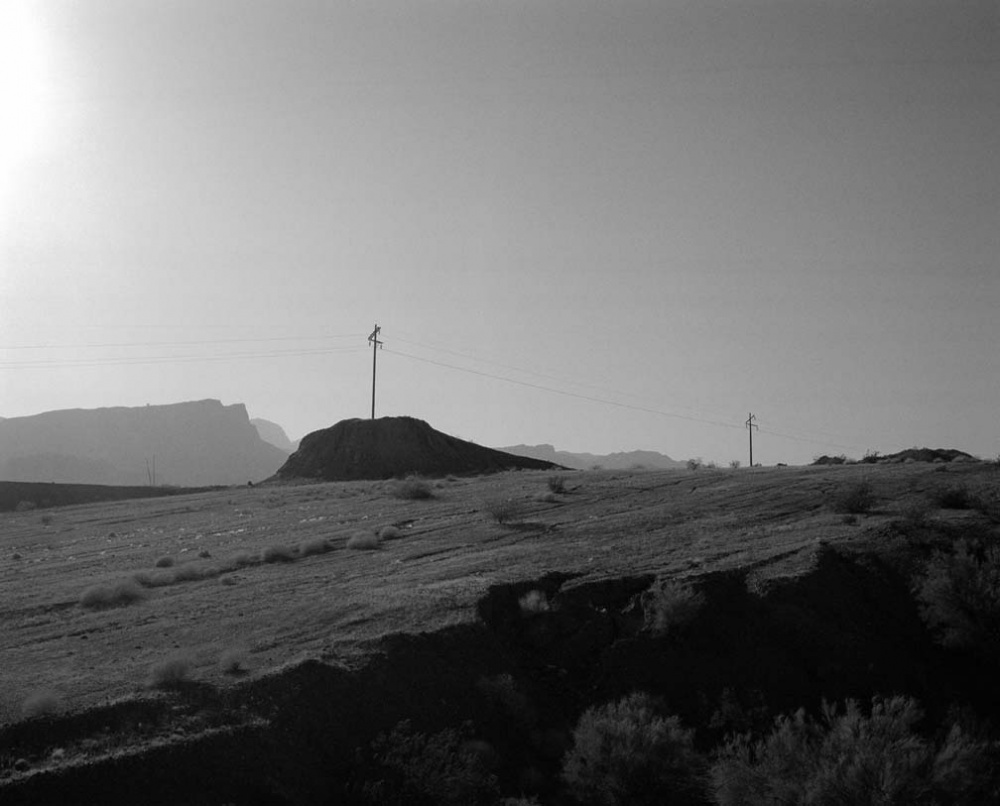
19 of 32
© 2024 John Trotter
A power pole on a slowly eroding pile of earth, next to Lake Havasu, in Arizona.
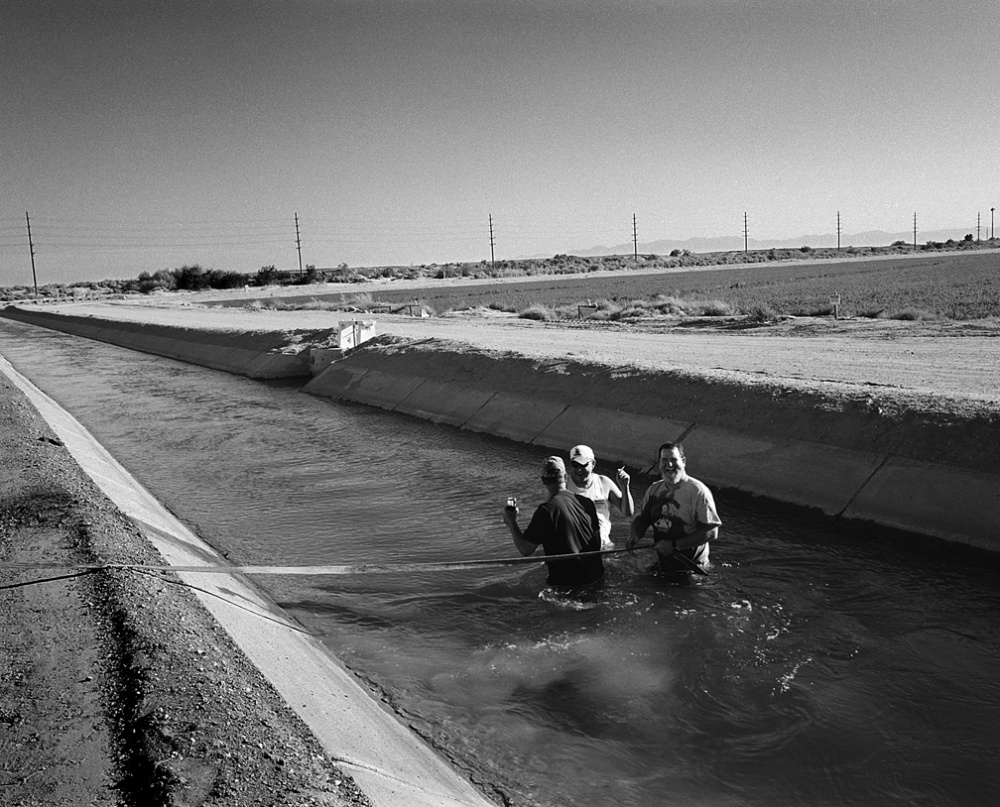
20 of 32
© 2024 John Trotter
Friends from San Diego take a "redneck dip" in an irrigation ditch running off of the All American Canal, in the Imperial Irrigation District, by the U.S./Mexico border.
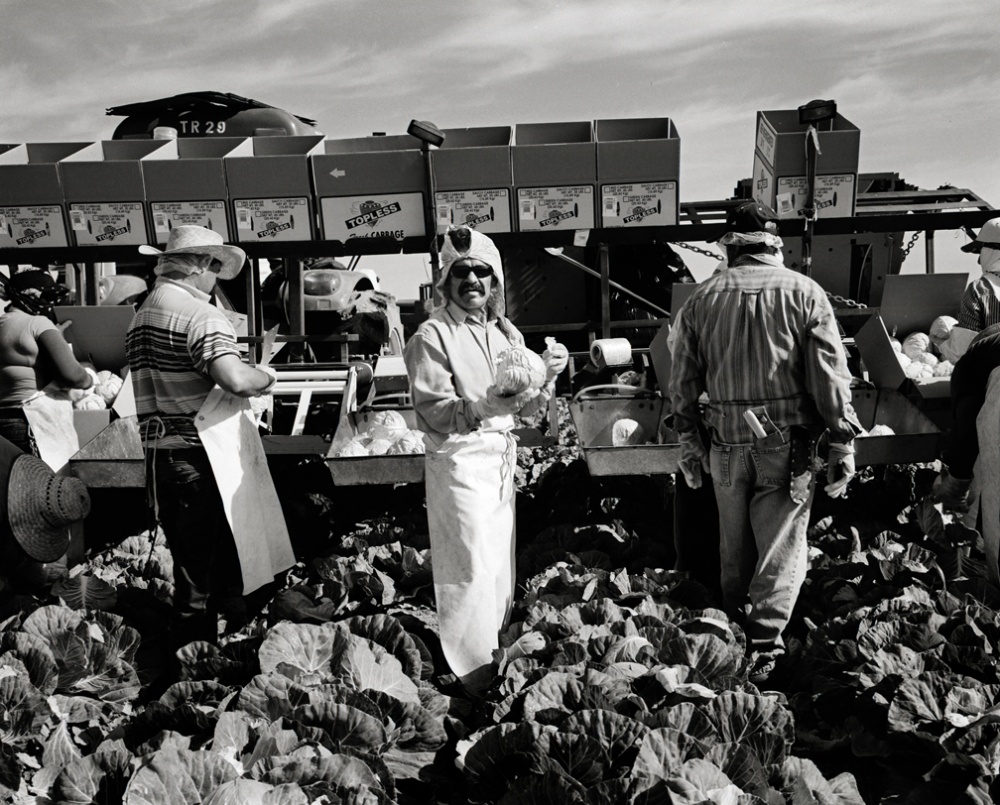
21 of 32
© 2024 John Trotter

22 of 32
© 2024 John Trotter
The Big Surf water park in Tempe, Arizona, with the oldest recreational wave machine in the United States, installed in 1969.
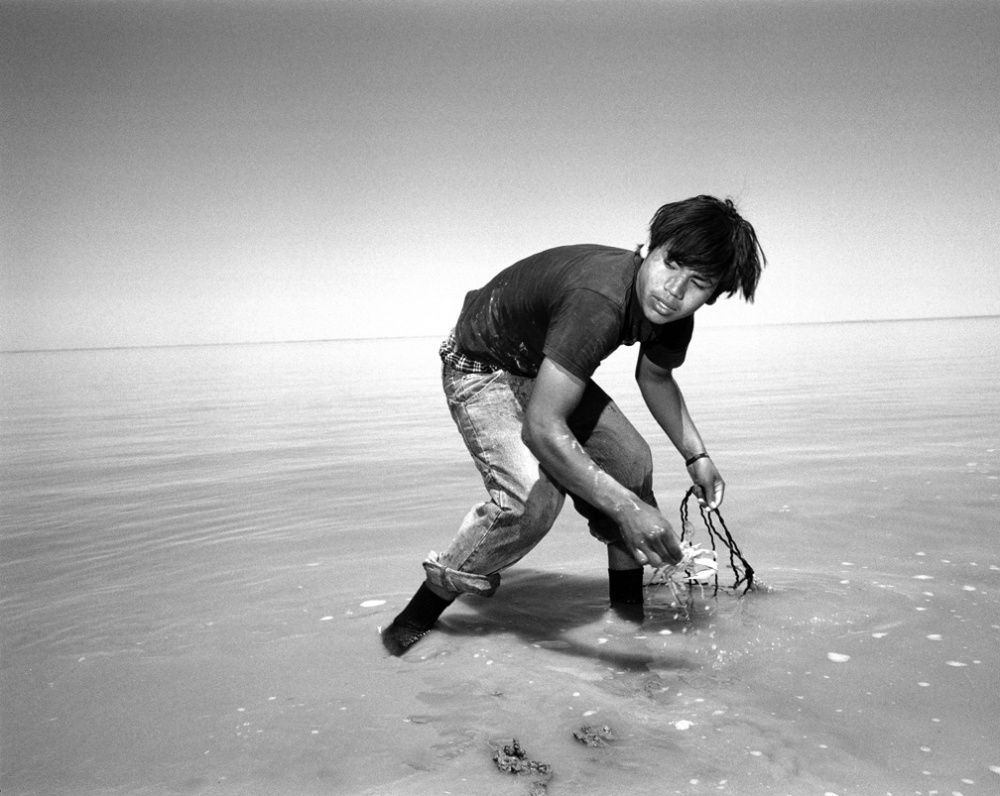
23 of 32
© 2024 John Trotter
A Cucapá youth fishes for crabs near the mouth of the Colorado River in Mexican state of Baja California Norté, waiting for his father to return in his boat from curvina fishing. Because the Colorado River itself no longer reaches the ocean because of diversions in the United States, the water at the river channel's mouth is a brackish mix of sea water and irrigation runoff.

24 of 32
© 2024 John Trotter
Cucapá traditional chief Onesimo Gonzalez Sainz lights a ceremonial fire at the beginning of the Second Annual Encuentro de las Naciones Cucapá in the tribal community of El Mayor, in Baja California Norté. (Editor's note: Gonzalez died in October 2007).
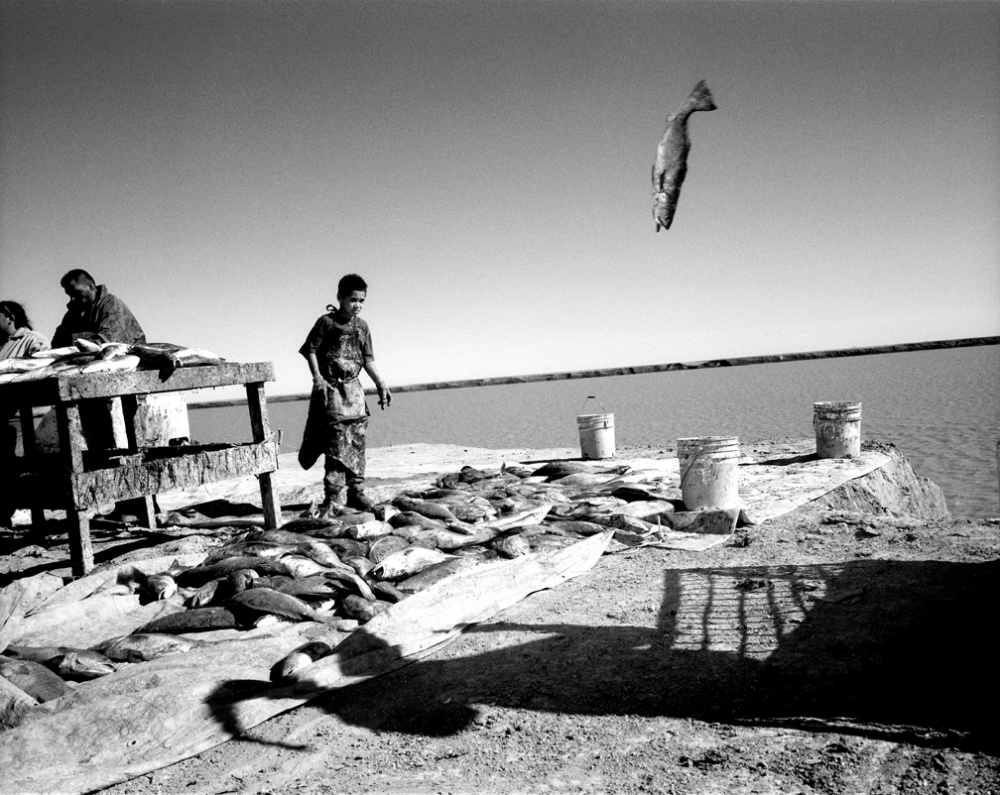
25 of 32
© 2024 John Trotter
Curvina (a kind of sea bass) are unloaded from a panga on the Rio Colorado to be gutted and cleaned at a Cucapá fishing camp near the mouth of the Colorado River at the Gulf of Mexico. The Cucapás have had to battle Mexican government authorities and non-native fishermen to continue to use their traditional fishing grounds for the annual winter curvina harvest, which has been the tribe’s main source of income for each year, because the area is now considered part of the nucleus zone of the Upper Gulf of California National Biosphere Reserve.

26 of 32
© 2024 John Trotter
Pascuala Sainz, 96, the oldest living Cucapá Indian, lives alone in a shack surrounded by tamarisk, a non-native, invasive plant species that has taken over the Colorado River corridor. The Cucapás' name for themselves means "people of the river" in their language. Though they were as many as twenty-thousand strong and famously friendly when the Spanish arrived in the 16th-century, only about three-hundred members of the tribe still exist in Mexico.

27 of 32
© 2024 John Trotter
A photograph of Pankuak, an early 20th century Cucapá, in the small museum of Cucapá Mayor, the tribal community in Mexico
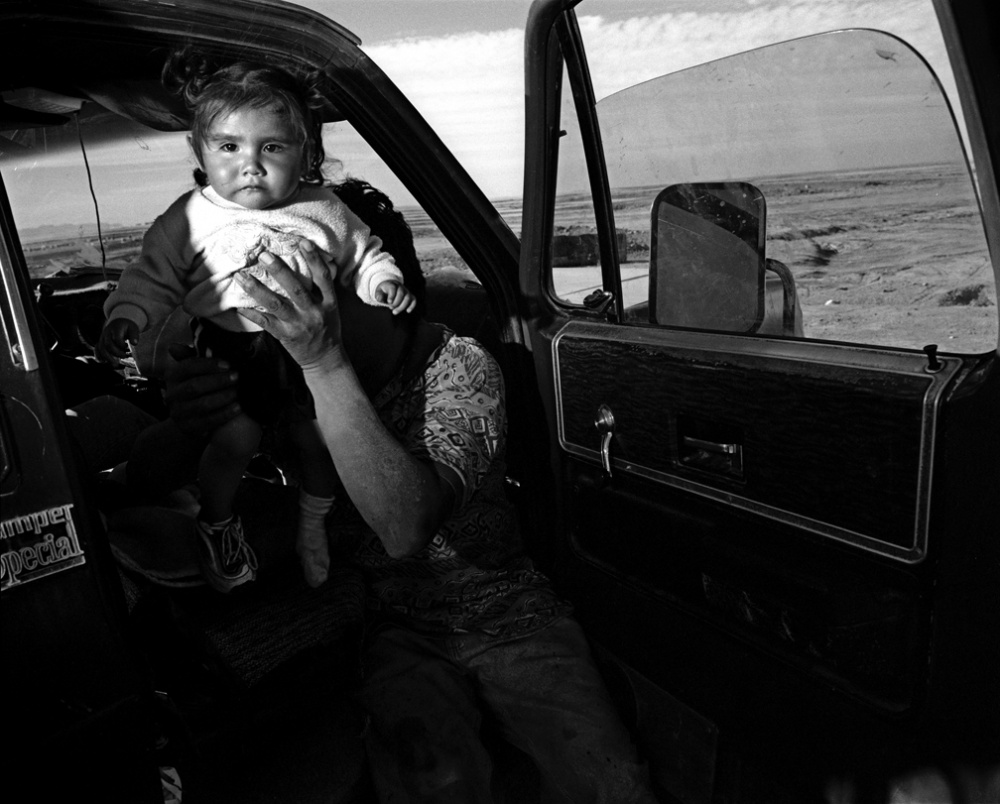
28 of 32
© 2024 John Trotter
Media Luna (Half Moon) Espinoza one of the granddaughters of Cucapá traditional chief Onésimo Gonzáles, with her father, Elias. Perhaps 20,000 members of the tribe, whose name meansâ€people of the river,†lived in the Delta when the Spanish arrived in the 16th-century. About 300 survive today in Mexico.

29 of 32
© 2024 John Trotter
Mexican scientist Enrique Zamora untangles a Plumbeus Vireo netted for banding in the El Doctor area of the Reserva de la Biosfera Alto Golfo de California y Delta del Rio Colorado. As part of a research project in the Rio Colorado Delta. Scientists on both sides of the border are cooperating to determine the effect of radical habitat change on migratory bird populations along the Colorado River corridor. Zamora was working the banding station with fellow biologist, Osvel Hinojosa.
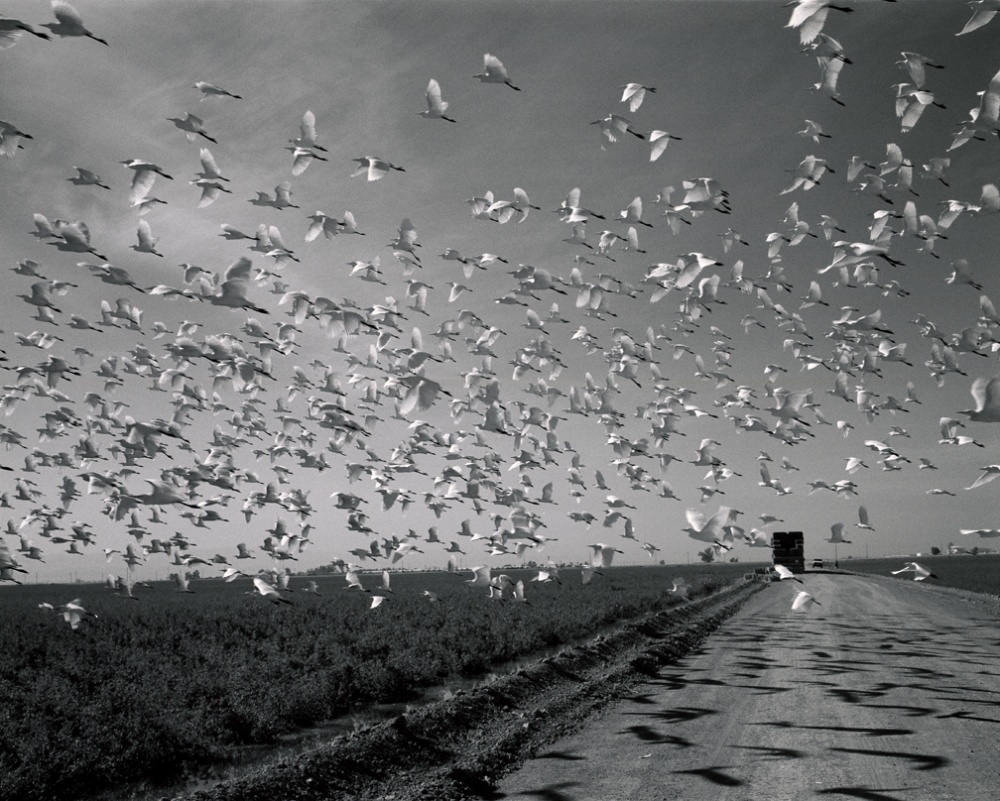
30 of 32
© 2024 John Trotter
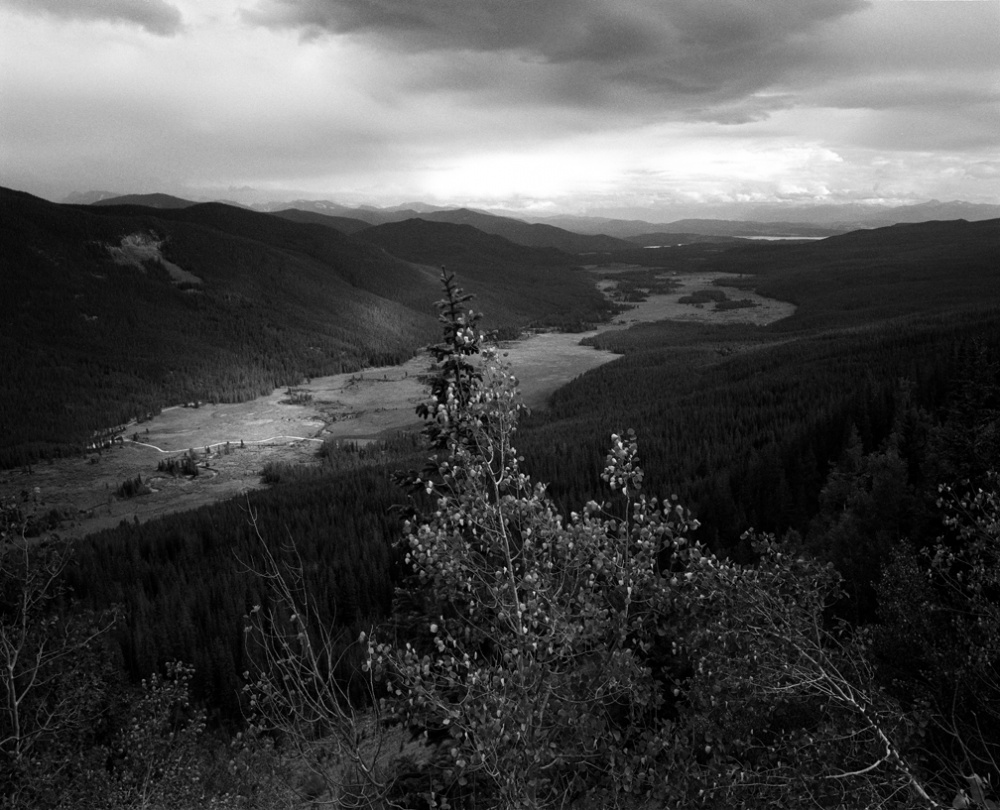
31 of 32
© 2024 John Trotter
The Colorado River, near its headwaters, flows through the Kawuneeche Valley in Rocky Mountain National Park.
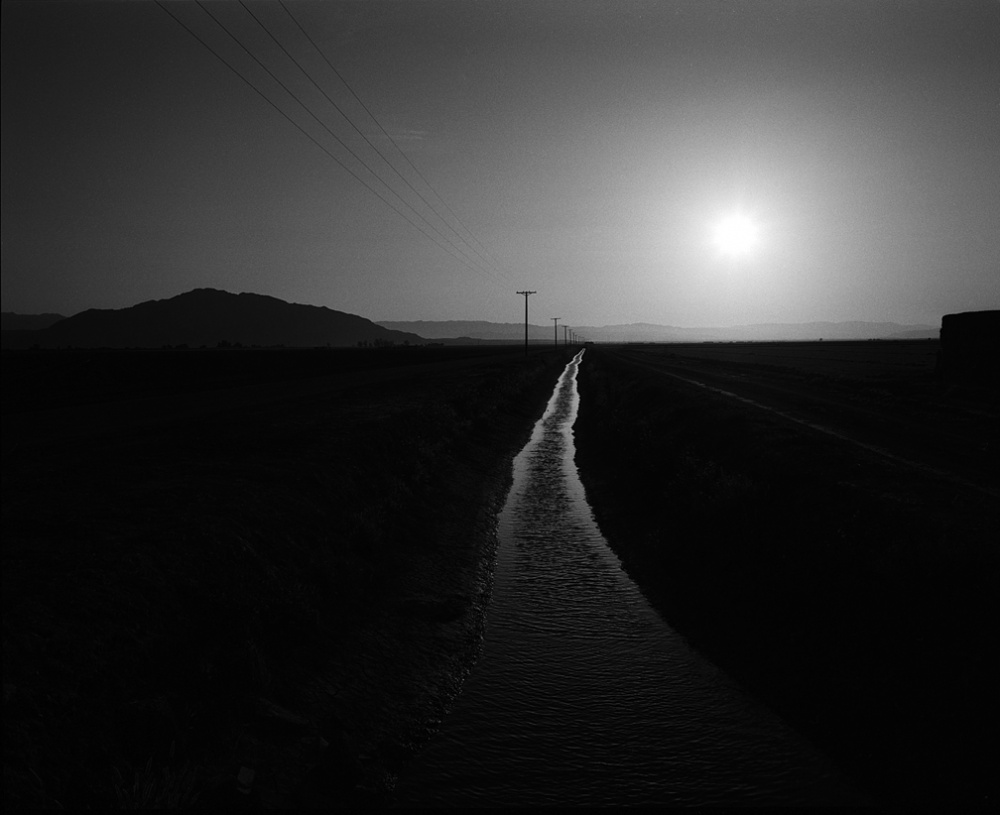
32 of 32
© 2024 John Trotter
Irrigation ditch full of Colorado River water, just north of Mexico in the Imperial Valley, California.
Public Story
No Agua, No Vida
